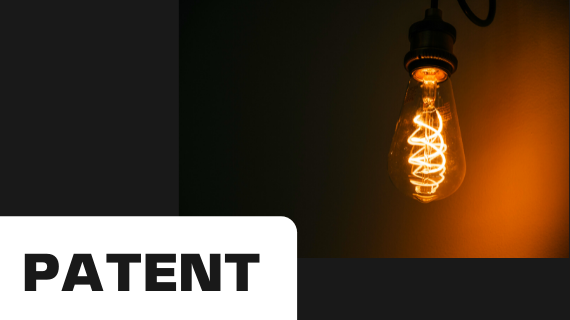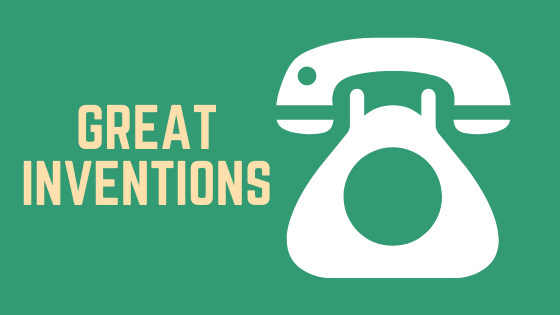
After performing a patent search, your patent attorney will generally prepare a “Patentability Opinion”. The purpose of this opinion is to show the differences between your invention and the patents found in your search.
A “Patentability Opinion” should help you determine whether or not to proceed with the filing of a patent application. For example, if your invention has only minor improvements that could easily be designed around by a competitor, then it may not be worthwhile to patent your invention. On the other hand, if the key aspect of your invention is not shown in any of the patents found, you would probably want to patent your invention. You can always consult with patent agencies, such as Invent Help, if you need guidance.
InventHelp Caveman Video
InventHelp has a great explainer video called Inventhelp caveman. You can find the InventHelp caveman video on Youtube as well.
Summary of Your Invention
The first section of a “Patentability Opinion”, will describe each of the features or elements of your invention. Each prior art patent found in your patent search will be reviewed against these features.
References Found In Search
The next section will list the patents that were found as a result of the search. Generally, each patent will be listed with its patent number, inventor(s), and the date that the patent issued.
Relevant Law
The opinion of your patent attorney, as to whether or not your invention is patentable, will be based on the application of patent laws to your invention.
There are three main things that this section will tell you. First, that in order to be patentable your invention must be “novel”, meaning that if another patent shows all of the elements of your invention, you will not be able to receive a patent.
Second, in order to be patentable your invention must be “non-obvious”. This means that, even though no single patent shows your invention, your invention still may not be patentable if it would have been obvious to combine the elements of two or more different patents together to arrive at your invention.

The third thing that this section does is provides a disclaimer. Although a patent search has been performed, there may still be other patents or other forms of prior art that exist. One such reason is that patents are prosecuted in secret, meaning that some references are literally not available during the course of a patent search that may later prevent you from obtaining a patent.
Discussion of Prior Art
In this section, each patent is discussed with reference to your invention. The features of your invention are compared to those shown in the patent. A statement will be made as to which features of your invention are shown in the patent, and which features are not shown in the patent. This analysis is performed for each patent individually.
Rendering Of Opinion
Once the prior art has been discussed, the opinion as to the patentability of your invention will be rendered. If your invention has a particular feature that was not shown in any of the patents, then your invention is likely to be patentable. If more than one patent must be combined to show all of the features of your invention, then your invention may be patentable, but the scope of your patent may be limited to certain aspects or features. If there is one patent that shows all of the features of your invention, then your invention is probably not patentable.
After you have received your “Patentability Opinion” it is important to note that the opinion is based on the particular features of your invention described in the opinion. If you have alternative features that were not considered in your opinion, it may be to your advantage to have a separate opinion drafted.
The laws as they apply to patents are complex. After reviewing your “Patentability Opinion” you should make sure to discuss the results with your patent attorney or patent agency like InventHelp – read more about InventHelp on KansasCityMag. Regardless of whether the opinion was favorable, it is to your advantage to make sure that you fully understand the basis and reasoning for the opinion before making the decision to file a patent application.


